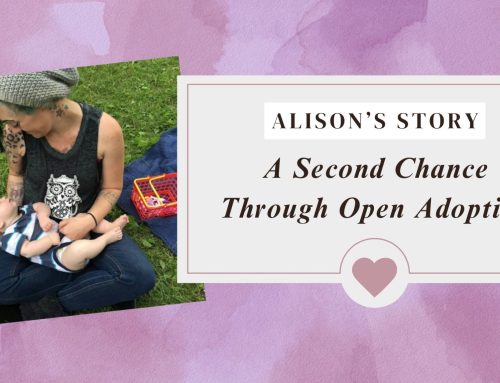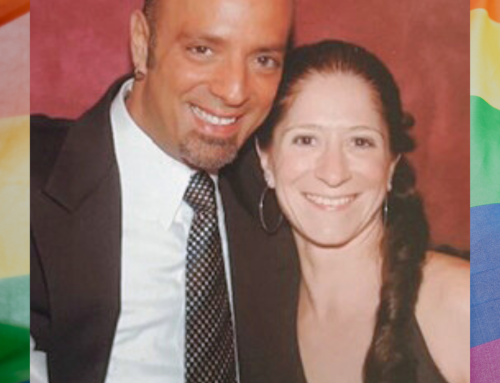
When entering the adoption journey, it is important to familiarize yourself with adoption related terms. Often times, people unknowingly utilize negative or outdated adoption language that could be hurtful or offensive to those who are touched by adoption. Positive adoption vocabulary helps to ensure that adoption is viewed as a wonderful way to build families. Whether you are an adoptive parent, birth parent or a prospective adoptive parent – educating yourself with the language of adoption reduces inaccurate societal stereotypes and creates more gratifying experiences.
Here is a list of positive adoption terms:
Adoption – The legal transfer of all parental rights and obligations from one person or couple to another person or couple
Adoption Triad – An expression used to describe the three-sided inter-relationships among adopted children, their birth parents, and their adoptive parents
Adoption Agency – An organization that is licensed by a particular state to educate and prepare families to adopt children and to do all the necessary legal, administrative and social work to ensure that adoptions are in the best interests of the children
Facilitator – A person or organization that arranges domestic and/or international adoptions
Adoption Plan – The unique, individual plan a particular set of biological parents makes for the adoption of their child
Adoptee – A person who joins a family by adoption
Adoptive Parent(s) – A person or persons who become the permanent parents with all the social, legal rights and responsibilities incumbent upon any parent
Birth Parents – The parents who conceived a child, made an adoption plan for the child and subsequently relinquished their parental rights to the child and created an adoption plan. Also referred to as the biological parents
Birth Mother – The biological mother of a child who made an adoption plan for the child and subsequently relinquished the child for adoption
Birth Father – The biological father of a child
Birth Grandparents – The biological grandparents of a child
Domestic Adoption – An adoption that involves adoptive parents and a child that are permanent residents of the United States
International Adoption – The adoption of a child from a country outside of the United States
Finalization – The court hearing that results in the adoption order. This is the moment when the adoptee becomes the permanent, legally adopted child of the adoptive parents
Adoption Order – The document issued by the court upon finalization of an adoption, stating that the adoptee is the legal child of the adoptive parents
Home study – A three-part process required before a child can be placed with a family for foster care or adoption:
- Written portion includes autobiographies, references, medical reports, financial statements, child abuse and criminal clearances and other written materials;
- Social work process includes a series of visits in the applicants’ home to discuss a variety of issues from the applicants’ backgrounds to their motivations to adopt and their understanding of adoption and parenting;
- Educational process includes training in adoption and parenting issues. The end result of this process is a written document completed by a licensed agency giving a summary of the applicants’ family life. This document indicates approval of the applicants for adoption. In most states it must be updated annually
Dossier – A collection of required documents that is sent to a foreign country in order to process the adoption of a child in that country’s legal system
Placement – A term used to describe the point in time when the child comes to live with the adoptive parents in their home
Post-Placement Services – A variety of services provided after the adoption is finalized, including counseling, social services, and adoptive family events and outings
Open Adoption – An open adoption involves the disclosure of identifying information between the biological parents and the adoptive parents. Both the adoptive parents and biological parents agree upon the amount of contact following the placement of the child
Semi-Open Adoption – A semi-open adoption occurs when the potential biological mother or biological families experience non-identifying interaction with the adoptive family. In most cases, the interaction is facilitated by a third party who is usually an adoption agency or adoption attorney
Closed adoption – An adoption in which the birth parent(s) and the adoptive parent(s) do not meet, do not exchange identifying information, and do not maintain contact with each other
Match or Matching – The process of bringing together qualified prospective adoptive parents and willing biological parents, who by choice choose to explore the compatibility of each other and who can agree on the terms under which the adoptive parents can adopt the child
http://family.findlaw.com/adoption/glossary-of-adoption-terms.html




